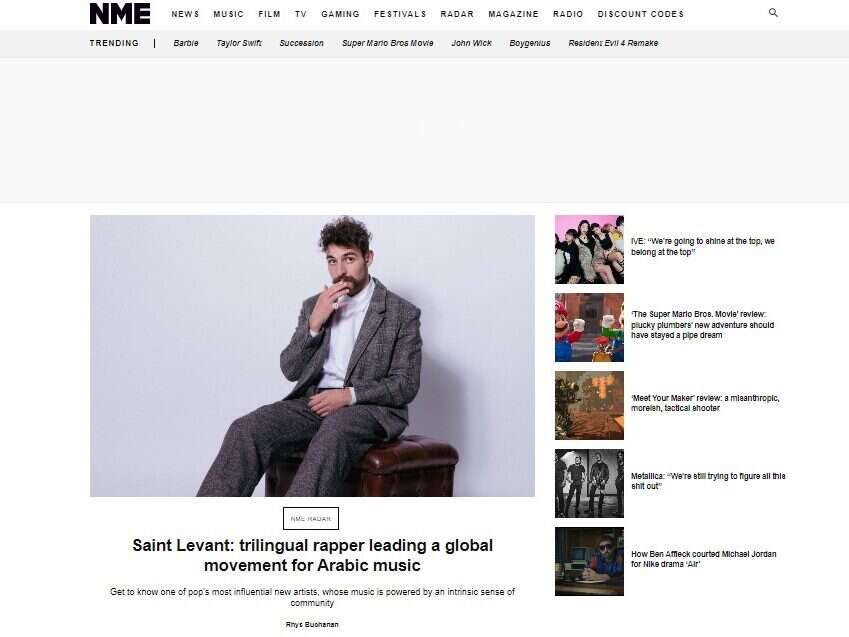
New Musical Express (NME) was founded as a rock newspaper in 1952. Today, more than 70 years on, the newspaper is no more.
NME’s paid circulation, which peaked at more than 300,000 in 1964, had dipped to 15,000 in 2014. Time Inc relaunched NME as a freesheet in 2015 – bringing its circulation to above 300,000 once again. But the model proved unsustainable, and NME went out of print circulation in 2018.
Five years on, the NME brand – which was acquired by Caldecott Music Group in 2019 and is now part of NME Networks, alongside Uncut, Musictech and Guitar.com – remains alive. But it has had to significantly adapt to the new world of media and music.
In an interview with Press Gazette’s Future of Media Explained podcast , NME Networks chief operating and commercial officer Holly Bishop told how music journalists have “had to become more adaptable”.
“Although the written word will always play a part in our journalism, it’s no longer front and centre and it’s naive to think any different,” she added.
“You know, it’s that short-form, snackable content that wins out in 2023 – the multimedia format, social, that’s where Gen Z audiences are consuming our content. And if you aren’t creating that content for that audience, you are going to get left behind.
“The days of shooting on 16:9, going back to the edit suite and then delivering the content back to the audiences, perhaps a week later, those days are gone. You’re having to react in real-time, as it happens, and the journalists have to be multifaceted and we have to think about that when we’re outreaching for new talent to onboard.”
One major challenge for NME, and other music titles, is retaining relevance. Up until relatively recently, titles like NME provided music fans with a gateway to new music and also brought them exclusive access to artists.

Bishop said that uncovering new musical talent remains key to NME’s identity. “As long as we’re surfacing that stuff, of course we’re relevant,” she said. “And, you know, we make brave choices. We’re not always just traffic-chasing. It’s about authenticity.”
She added: “An artist can have a meteoric rise on a single track on Tiktok, for example. But is there longevity there? It remains to be seen. And actually, what we do know is an artist making music that’s authentic to them, that is good music. It will find a way through, particularly when brands like ours are actively seeking it.”
NME’s cultural resonance aside, there’s no denying that its audience size remains vast, and is probably larger than ever thanks to geographical and editorial coverage expansions. NME has launched editions in Asia and Australia and it today has a larger audience in the United States than in the UK.
NME has also branched out from rock to cover other genres of music. And it has expanded into covering more TV, film and gaming.
Last month, according to Similarweb figures, NME.com attracted 17.8m website visits. This is less than US-based rival Rolling Stone (24.3m), but well ahead of an old British rival, Kerrang (1.3m).
Commercially, Bishop said that brand partnerships are now key to NME’s business model. The title recently ran a partnership campaign alongside Bose in which the two brands launched the C23 mixtape. NME Networks generates further revenues from affiliate advertising and events.
Email pged@pressgazette.co.uk to point out mistakes, provide story tips or send in a letter for publication on our "Letters Page" blog
